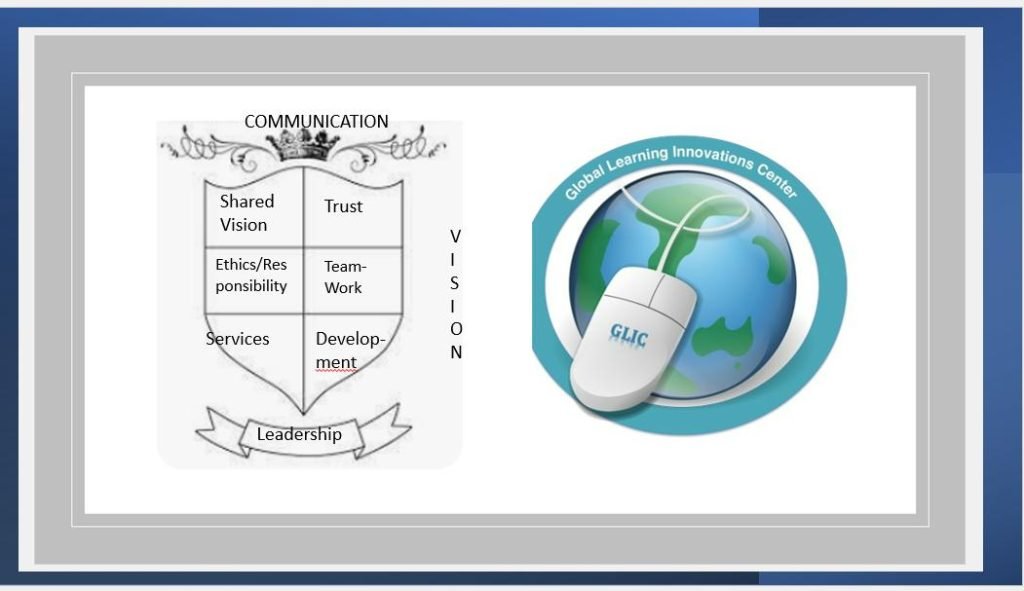GLIC Talents

Meet GLIC's Talents
All GLIC members are talented individuals with twenty-seven years of experience or more. They hold Bachelor’s, Master’s, and Specialist degrees, and some are in the last phase of getting their Doctoral degrees. Most importantly, these distinguished teachers/instructors are certified to teach at all grade levels, including colleges and universities. They include team leaders, principals, college professors, middle and high school teachers, and business leaders.
To face the challenges and complexities of the 21st century, accompanied by the evolution of technology, GLIC’s professionals periodically participate in career development and national
conferences held by the best and most talented teachers nationwide. With this note, we invite you to join our team or trust us to help you, your friends, and family members succeed and achieve the desired academic goals and dreams.
Classes and assistance are offered virtually and onsite using the Zoom platforms and Google Classrooms.
Subscribe Now Forget 20% Discount Every Courses

Links
Class
Latest Posts
Pin-up On Line Casino Bono 2024 Bonos De Casino On-line En Mexic
© Copyright 2024 Global Learning Innovations Center. All rights reserved.
